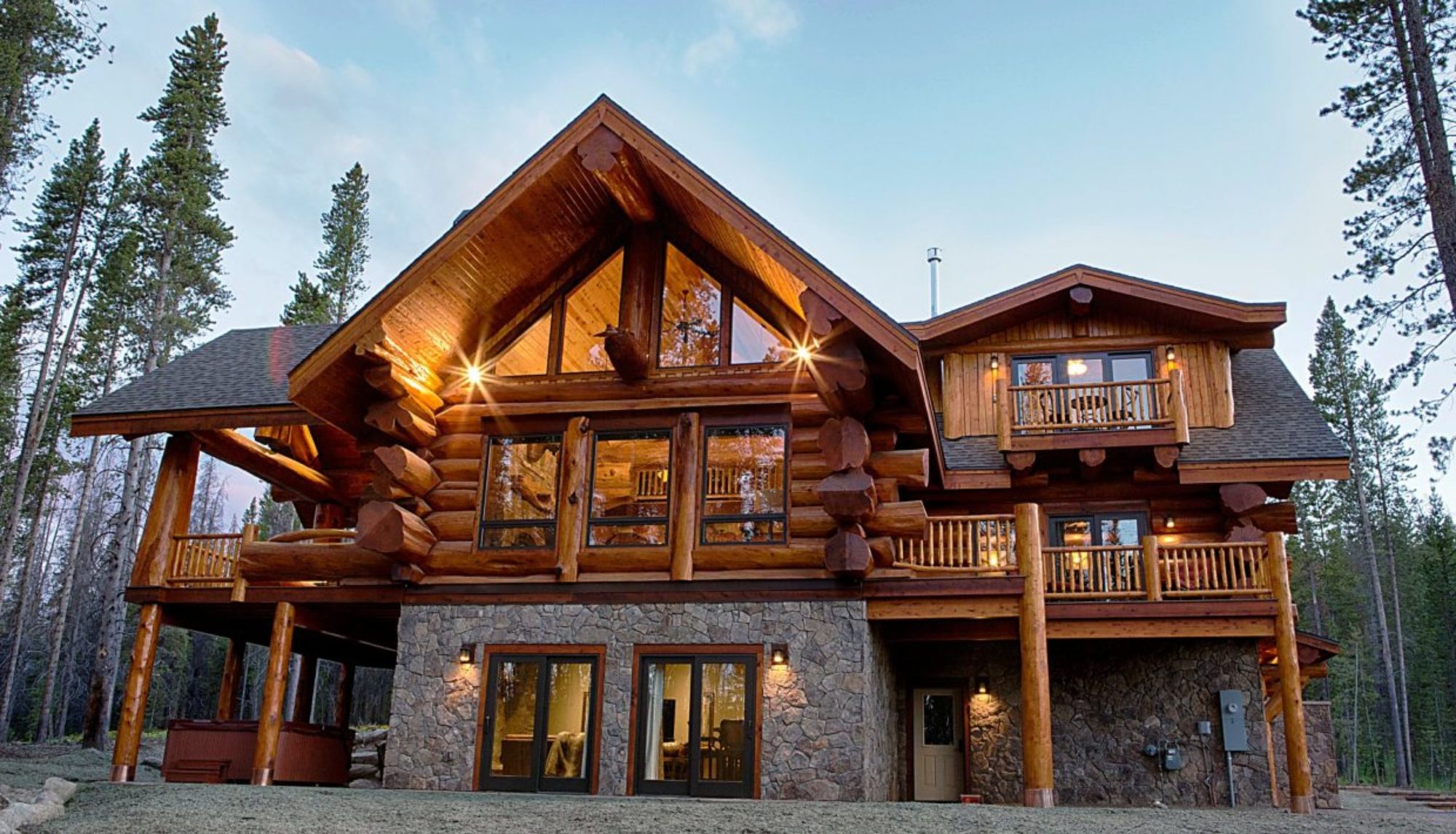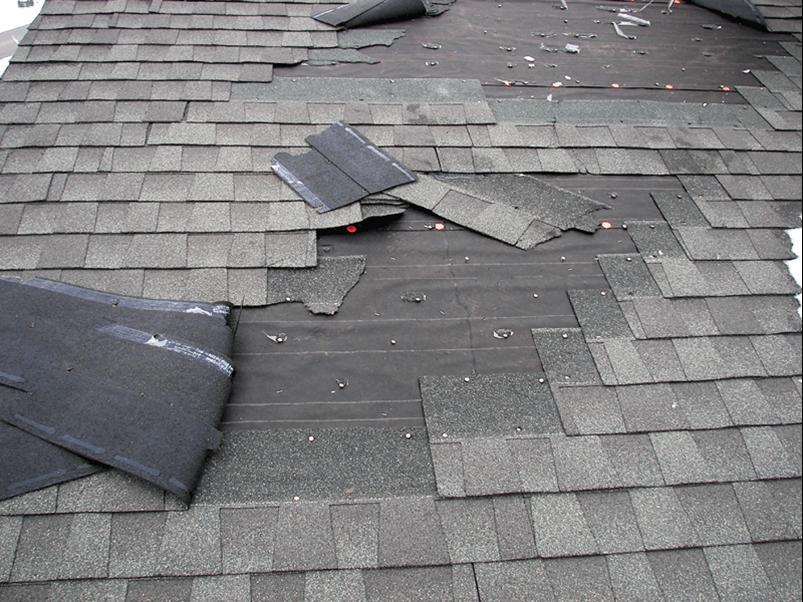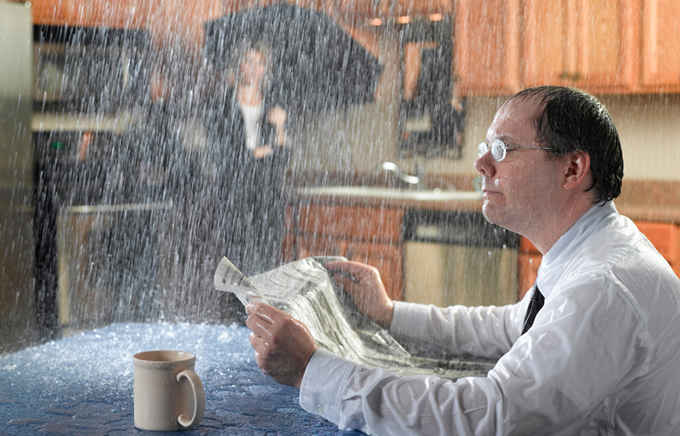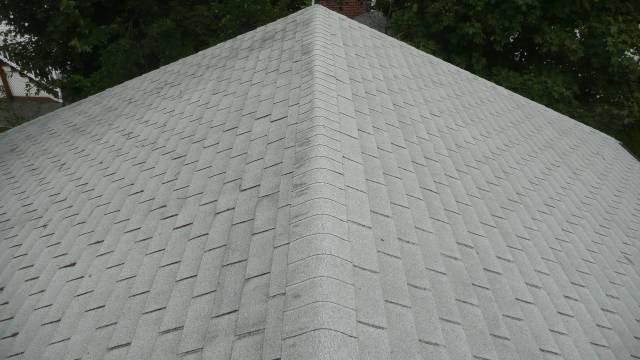This is one of the most common questions/issues being asked or faced by many homeowners dealing with a leaky roof or one that is starting to show some serious signs of age such as cracking, brittle, chipping and/or missing shingles.
With that being said, let’s put the guess work aside and hear what some of the top ranked roofing experts on our platform have to say in regards to the age old question; repair vs. replace?
Case 1. A Leaky Asphalt (Composition) Shingles Roof:
If your house has an asphalt roof that is at least 10 years or older, and is either starting to leak, with unsightly water damage stains developing in the ceilings near the attic or top floor, or the shingles are starting to show serious signs of age with chipping and cracks visible to the naked eye, then chances are your roof needs to be replaced and you probably should not waste any money trying to repair it something that requires a complete replacement.
But, if your roof is still relatively young (less than 10 years old), and most shingles on seem to be in good shape with no visible cracks or major chipping in the shingles, then you may be able to get a few/several more years of service by properly repairing it, once the cause and location of the leak has been properly diagnosed and identified.
If your roof has started leaking after a major storm, with some shingles damaged torn off/missing, then it’s a pretty clear-cut case, where you need to have all the missing shingles replaced by a qualified professional.
If the leak has occurred after a major snow-storm, then it’s likely caused by an ice dam build-up and water rising up underneath the shingles and leaking inside your house, in which case you may have some major damage in the form of wet insulation that is no longer functional and need to be replaced ASAP, if you want to prevent mold and mildew issues.
If the ice dam related damage is in fact the cause of a leak, then the sheet-rock in your walls may also be damaged and require replacement. — You will also want to check your attic space to make sure that it’s properly insulated and ventilated to avoid ice dam related issues in the future.
If you have not seen any ice dams forming on your roof during the snowstorm, but there are some dormers and/or end-walls and valleys on the roof where the snow has accumulated during the storm, then it could be an architectural/structural design issue preventing snow from falling off the roof. — If that’s the case, you can raise the side-wall/end-wall flashing to minimize the chance of leaks due to accumulation of snow on the roof. Your best bet is to re-flash the end-walls by raising up the metal flashing behind siding to at least six inches up. You will often find that the existing sidewall or end-wall metal flashing (behind siding) is nowhere near the required six inches in height.
It may also be a wise choice to replace the asphalt roof entirely with metal, which will shed away and/or help facilitate sliding of snow from the roof, as well as help prevent any melted water from rising up and leaking underneath the shingles, or behind the raised flashing near the end-walls.
Other potential causes of roof leaks: chimney or skylight flashing, valley, gable flashing issues.
Case 2. A Leaky Flat Roof:
If your house has a low-slope or flat roof, chances are it’s an EPDM rubber or BUR (built-up) roof that is leaking due to age or cracks in the seams.
With a leaky EPDM rubber roof, you may want to try to repair the seams, if it’s obvious that the old glue in between the seams has dried up and rainwater is now seeping through the seams thereby causing leaks. — This can be a viable repair option provided the rubber membrane itself is in reasonable good shape and has not become brittle.
If it’s a BUR roof that is leaking due to age, then you pretty much have to replace it. Please note that a complete tear off may be a good idea, with a leaky flat roof, especially if you suspect that there may be some seriously wet insulation underneath the old roof. — For obvious reasons, you cannot expect the new roof to hold up, when you try to screw it onto (anchor it to) the wet insulation! 😉
What to expect in terms if costs?
While a small to medium roof repair will likely cost anywhere from $500 to $1,500, a complete roof replacement will probably cost anywhere from $10,000 to $25,000 for a typical mid-size roof on an average house.
The overall level of technical difficulty associated with your particular roof, choice of materials, contractor’s reputation and experience, geographic location, seasonality, and whether or not the old roof needs to be removed, is what will ultimately affect your total cost for materials, labor, and warranty.
Do, let us know how you handled it and Good Luck!




My wife and I have been noticing frequent leaks in our roof and we aren’t sure what to do. I don’t know anything about this stuff, but I did get up on my roof to take a look to see what was going on and I did see some cracking and noticed ugly stains beginning to develop. Now that we know this, I plan on getting my roof replaced and back to good working condition as soon as I can.
Thanks for the advice about what to do with my leaking roof. It is definitely more than 10 years old, and recently it has started leaking over our carport. I haven’t checked the attic yet, but I suspect that it is leaking up there as well. It seems like it would be better to replace it rather than have it repaired in my case.
I agree if the roof is already somewhat old, and is leaking, mind as well get the whole thing redone. I feel like if it’s older and leaks are showing up, you’re just going to be going from one repair to another as time goes on. I thought it was good advice that you should just repair the part that’s broken after a storm because it’s probably just that one spot that’s damaged.